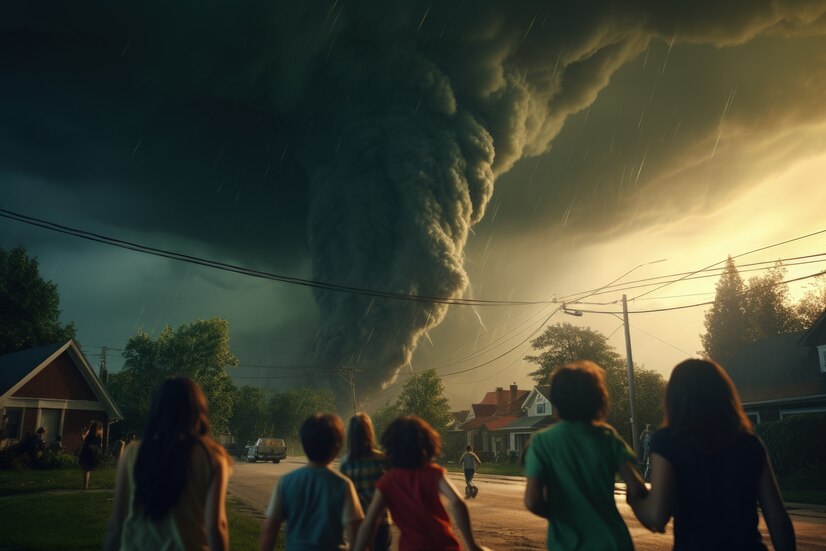1. Introduction to Tornado Warnings
A tornado warning is an alert issued by meteorological agencies to inform the public that a tornado has been sighted or indicated by weather radar. Tornado warnings typically mean that danger is imminent, and residents in the affected area should take immediate action to protect themselves. Unlike a tornado watch, which signals potential tornadoes, a warning confirms an existing tornado threat.
2. How Tornado Warnings Are Issued
Meteorologists use sophisticated radar technology, storm spotters, and other data to detect tornadoes. The National Weather Service (NWS) in the U.S., for example, monitors severe weather conditions and issues tornado warnings when conditions are favorable for a tornado to form or if a tornado has been confirmed. These warnings are typically broadcast via television, radio, and emergency alert systems on smartphones.
3. The Difference Between a Tornado Watch and a Tornado Warning
- Tornado Watch: Conditions are favorable for tornadoes, but no tornadoes have been reported yet. It’s a precautionary alert urging people to stay vigilant.
- Tornado Warning: A tornado has been detected by radar or confirmed by spotters. Immediate action is required to seek shelter and protect oneself.
4. Tornado Warning Signs
Understanding the physical signs of an approaching tornado can also be lifesaving. Some common signs include:
- Dark, often greenish sky
- Large hail
- A visible rotating cloud base
- A loud roar similar to a freight train
5. Steps to Take During a Tornado Warning
When a tornado warning is issued, the priority should be safety. Here are key steps to follow:
- Seek Shelter: Move to a basement, storm cellar, or an interior room on the lowest floor of a sturdy building.
- Avoid Windows: Flying debris can cause serious injury, so stay away from windows and doors.
- Use Protective Covering: If possible, use heavy blankets, mattresses, or helmets to protect your head and body.
- Listen to Alerts: Continue monitoring weather updates via radio or your phone until the tornado threat has passed.
6. Tornado Warning in Urban vs. Rural Areas
Tornado warnings affect both urban and rural communities, but preparedness may differ due to the population density and infrastructure. Urban areas often have more buildings for shelter, but they also have more people, making evacuation and safety measures more challenging. Rural areas may have fewer shelters but allow for quicker escape routes if a tornado’s path is clear.
7. After the Tornado: What to Do
Once the tornado warning has expired, and the storm has passed, it’s important to:
- Check for Injuries: Attend to any injuries and call for emergency services if needed.
- Avoid Hazards: Be cautious of fallen power lines, debris, and damaged buildings.
- Stay Informed: Continue to monitor updates for potential secondary storms or tornadoes.
- Help Others: If you’re safe and able, assist your neighbors, particularly those who may need extra help, like the elderly or disabled.
8. Technological Advancements in Tornado Warnings
Over the years, technological advancements have significantly improved tornado warning systems. Doppler radar, weather satellites, and advanced predictive models allow meteorologists to issue more timely and accurate warnings. Mobile apps and emergency alert systems ensure that warnings reach as many people as possible, even in remote areas.
9. Conclusion
Tornado warnings are crucial in protecting lives and property during severe weather events. Understanding how these warnings are issued, recognizing the signs of a tornado, and knowing the proper safety measures can make a significant difference in staying safe. Whether in an urban or rural setting, preparedness and quick action are essential when a tornado warning is in effect.





